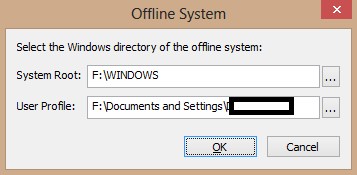

Neither OS contains Msconfig or other built-in tools to report components that automatically execute at logon. Furthermore, if you run Windows 2000 or Windows NT 4.0, you're out of luck. However, Msconfig has two major limitations: It displays items from only a fraction of the locations in which autostart applications can hide and it shows limited information about the items it does list. Msconfig features a Startup tab that lists and lets you disable certain items that run automatically when you log on. Windows Server 2003 and Windows XP include the System Configuration utility (Msconfig.exe), which is based on a similar tool in Windows Me. However, most such applications don't ask permission before inserting themselves in your logon process and almost never provide an interface to let you disable their autostart functionality. Applications do this so that they can automatically check for updates, because they use system tray icons to interact with users, or because they add functionality to Windows components such as Windows Explorer. Upon installation, many applications configure themselves to start automatically when you log on. See also, " Managing Autorun Applications" and " Using Autoruns to Determine Which Programs Automatically Run at System Startup." This month, I'm taking a break from writing about the tools in the Systinternals PsTools suite to discuss a free tool that can answer those questions: Sysinternals Autoruns. Why does logon take so long? What are all those icons in the system tray? How do I stop programs from starting automatically? How do I get rid of that strange error that keeps cropping up during logon? You've probably heard these questions plenty of times, especially from Windows users who are working on new systems that came preloaded with applications or on older systems on which they've installed numerous programs over time.


 0 kommentar(er)
0 kommentar(er)
